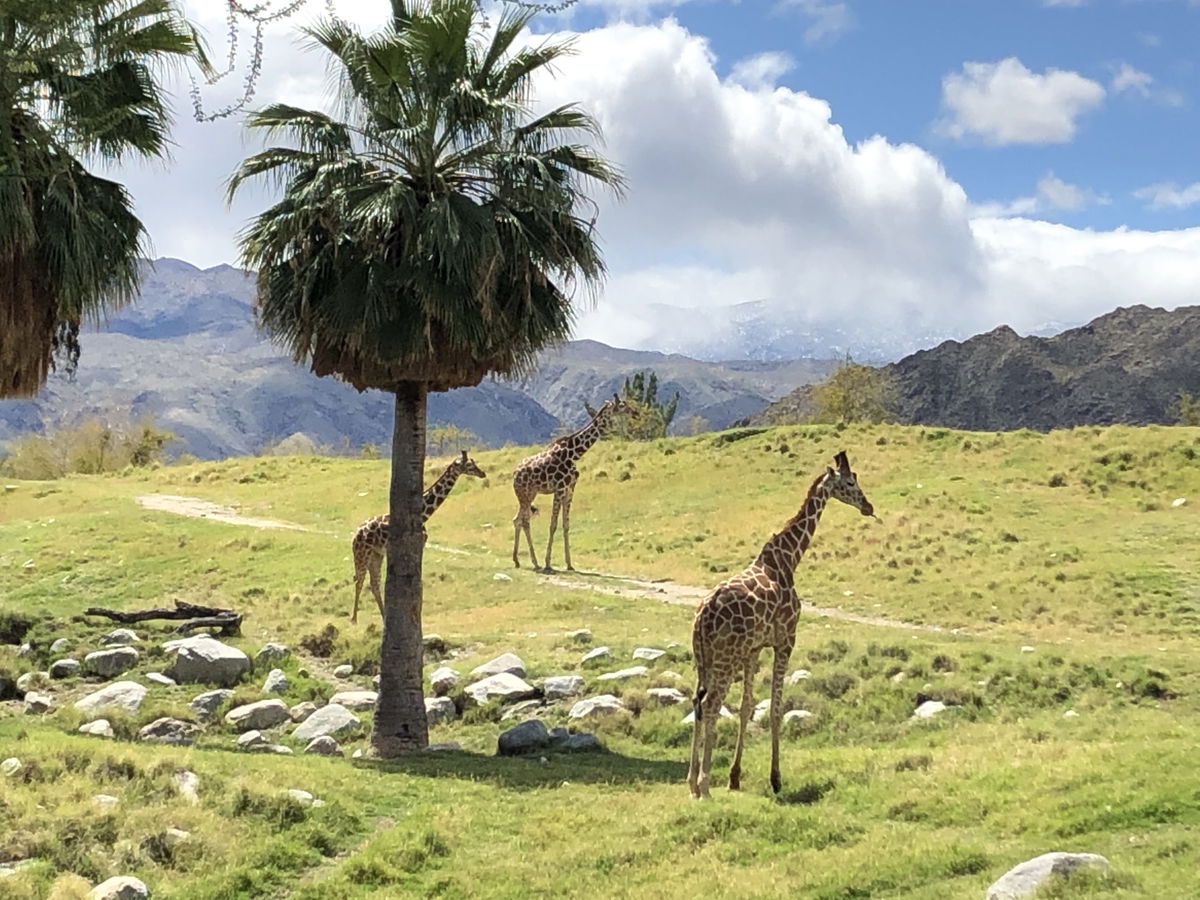Off-Grid Living Generator Powering Your Escape
Off grid living generator – Off-grid living generators represent a critical component for those seeking self-sufficiency and independence from traditional power grids. This exploration delves into the various types of generators available, their suitability for different off-grid lifestyles, and the crucial considerations for safe and efficient operation. From choosing the right size generator to managing fuel and performing essential maintenance, we’ll cover all the essential aspects of powering your off-grid home.
This guide provides a comprehensive overview of off-grid power generation, encompassing everything from initial planning and system design to ongoing maintenance and safety protocols. We will examine the financial implications, environmental impact, and the integration of renewable energy sources to create a sustainable and reliable power solution.
Generator Installation and Maintenance
Safe and proper installation and regular maintenance are crucial for the longevity and reliable performance of your off-grid generator. Neglecting these aspects can lead to reduced efficiency, safety hazards, and costly repairs. This section details the essential steps for installation and a comprehensive maintenance schedule to keep your generator running smoothly.
Safe Generator Installation
Proper installation is paramount for safety and optimal generator performance. Ignoring safety precautions can result in serious injury or even death. The following steps should be meticulously followed. First, choose a well-ventilated location, away from flammable materials and sources of ignition. The area should be level and capable of supporting the generator’s weight.
Next, ensure proper grounding to prevent electrical shocks. A dedicated grounding rod driven into the earth and connected to the generator’s grounding terminal is essential. Ventilation is critical; adequate airflow prevents overheating. Maintain a minimum distance from walls and other obstructions as specified in the generator’s manual. Finally, install the exhaust system according to manufacturer instructions, directing exhaust fumes away from living areas and ensuring proper venting to prevent carbon monoxide buildup.
This often involves extending the exhaust pipe away from the building and directing it upwards.
Regular Generator Maintenance Schedule
A regular maintenance schedule is vital for preventing costly repairs and ensuring your generator’s reliable operation. A neglected generator is more likely to fail during a power outage, when it’s needed most. This schedule provides a guideline; always refer to your generator’s specific manual for detailed instructions and recommended intervals. Regular cleaning involves removing debris, dirt, and grass clippings from around the generator.
This prevents overheating and fire hazards. Oil changes should be performed according to the manufacturer’s recommendations, typically every 50-100 hours of operation. Using the correct type and amount of oil is critical for engine longevity. Air filter replacement is equally important, preventing dust and debris from entering the engine. Replace the air filter at the intervals specified in the owner’s manual, typically every 25-50 hours of operation.
Spark plug inspection and cleaning or replacement, as needed, should be included in your regular maintenance routine. Inspect the spark plug’s condition for wear and tear. If necessary, clean or replace it according to the manufacturer’s instructions.
Troubleshooting Common Generator Problems
Identifying and addressing common generator problems promptly can prevent more extensive and costly repairs. A common issue is difficulty starting. This can often be traced to low oil levels, a clogged air filter, or a faulty spark plug. Checking these components first can save significant time and effort. Another common problem is erratic running or poor performance.
This might indicate issues with the carburetor, fuel system, or governor. Consulting the generator’s manual for troubleshooting guides or contacting a qualified technician is advised in such cases. Finally, if your generator fails to produce power, the problem might be related to a blown fuse, a faulty circuit breaker, or a more serious internal issue. Carefully checking these components before attempting any repairs is crucial for safety.
If the problem persists, seeking professional assistance is strongly recommended.
Integrating Renewable Energy Sources: Off Grid Living Generator
Transitioning to off-grid living often involves a reliance on generators, but integrating renewable energy sources like solar panels and wind turbines significantly reduces this dependence and lowers long-term costs. A hybrid system combines these renewable energy sources with a generator to provide a reliable and sustainable power supply. This approach offers a balanced solution, harnessing the strengths of both renewable and conventional energy generation.
Hybrid System Configurations, Off grid living generator
Choosing the right hybrid system configuration depends on several factors, including energy needs, budget, and available resources. Different configurations offer varying levels of cost-effectiveness, efficiency, and resilience. A simple configuration might involve a generator as the primary source, supplemented by solar panels to reduce generator runtime during sunny periods. More sophisticated systems employ sophisticated charge controllers and inverters to seamlessly integrate solar, wind, and generator power, prioritizing renewable sources whenever possible.
Larger-scale systems might include battery banks for energy storage, allowing for power usage even during periods of low renewable energy generation.
Cost, Efficiency, and Reliability Comparison
A straightforward solar-generator hybrid system, consisting of a small solar array and a backup generator, typically represents a lower upfront cost. However, its efficiency and reliability might be limited, particularly in areas with inconsistent sunlight. More complex systems incorporating wind turbines and substantial battery storage offer higher reliability and efficiency but command a significantly higher initial investment. The cost-benefit analysis should consider factors like average solar irradiance, wind speeds, energy consumption patterns, and the cost of fuel for the generator.
For instance, a remote cabin with high energy demands in a consistently windy location might justify a more expensive hybrid system with a wind turbine, while a smaller cabin in a sunny area might benefit from a simpler solar-generator setup. Reliability also hinges on the quality of components, the design of the system, and the availability of maintenance.
Reducing Fossil Fuel Reliance and Operating Costs
Hybrid off-grid power systems offer significant environmental and economic advantages. By integrating solar and wind power, these systems drastically reduce reliance on fossil fuels, minimizing the carbon footprint associated with generator operation. The amount of fossil fuel consumption is directly related to the effectiveness of the renewable energy components. A system with high solar and wind energy generation will inherently require less generator runtime.
Furthermore, reducing generator use translates to substantial cost savings on fuel expenses, extending the lifespan of the generator itself due to reduced wear and tear. For example, a household that successfully integrates a robust solar system might only need to run its generator a few hours per week during periods of low sunlight, resulting in significant fuel savings compared to a solely generator-dependent system.
This combination of environmental responsibility and financial savings makes hybrid systems an attractive option for those committed to sustainable off-grid living.
Successfully navigating the world of off-grid living generators requires careful planning, a thorough understanding of your energy needs, and a commitment to safety. By considering the various generator types, their associated costs, and the importance of integrating renewable energy sources, you can create a power system that supports your off-grid lifestyle while minimizing environmental impact. This guide serves as a starting point for your journey toward energy independence, empowering you to make informed decisions and enjoy the freedom of off-grid living.
Examine how off grid living dating can boost performance in your area.




